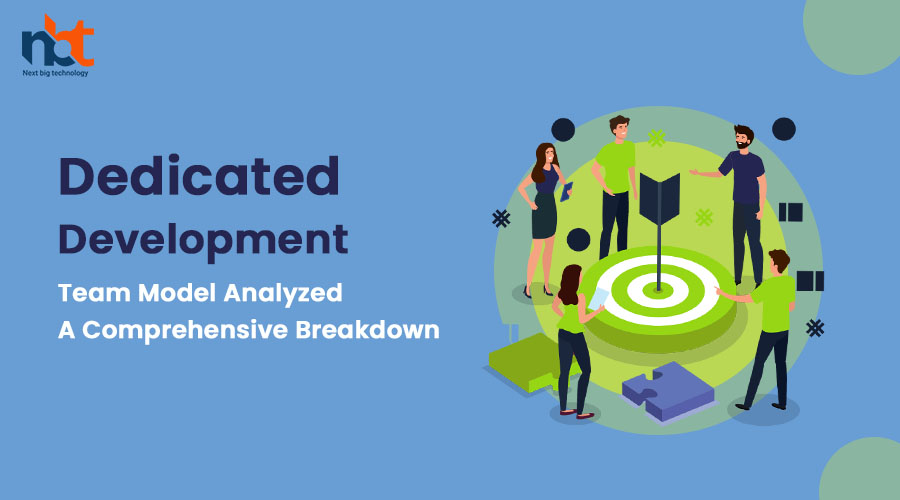Introduction: In the fast-paced world of software development, the dedicated development team model has gained significant popularity. This approach involves assembling a dedicated team of skilled professionals to work exclusively on a client’s project. In this blog, we will conduct a comprehensive breakdown of the dedicated development team model, analyzing its key aspects, benefits, and considerations. By understanding the intricacies of this model, businesses can make informed decisions when it comes to building their development teams.
- Definition of the Dedicated Development Team Model: The dedicated development team model involves forming a team of specialists, including software developers, designers, testers, project managers, and other necessary roles, exclusively dedicated to a client’s project. The team works as an extension of the client’s in-house development team, collaborating closely to achieve project goals.
- Composition of the Dedicated Development Team: A dedicated development team typically consists of members with various roles and expertise, depending on the project requirements. This may include front-end and back-end developers, UI/UX designers, quality assurance specialists, DevOps engineers, and Scrum masters. The team composition can be tailored to meet specific project needs.
- Key Benefits of the Dedicated Development Team Model:
- Expertise and Skill Set: By assembling a dedicated team, businesses gain access to a diverse range of skills and expertise required for their project.
- Scalability and Flexibility: The team can be easily scaled up or down based on project needs, providing flexibility in resource allocation.
- Enhanced Productivity: The dedicated team focuses solely on the client’s project, leading to improved efficiency and faster time-to-market.
- Seamless Collaboration: Close collaboration between the dedicated team and the client’s in-house team promotes effective communication and knowledge sharing.
- Cost Optimization: The dedicated team model can be a cost-effective solution, as it eliminates the need for hiring and maintaining a large in-house team.
- Considerations for Implementing the Dedicated Development Team Model:
- Clear Project Requirements: Clearly define project requirements, scope, and goals to ensure the dedicated team understands the client’s expectations.
- Communication and Collaboration: Establish effective communication channels and collaboration tools to foster seamless interaction between the dedicated team and the client’s stakeholders.
- Project Management: Assign a dedicated project manager to oversee the team, ensure proper coordination, and facilitate smooth workflow management.
- Cultural Fit and Team Dynamics: Ensure the dedicated team aligns with the client’s company culture, values, and work ethics to foster a cohesive and collaborative work environment.
- Data Security and Intellectual Property: Implement robust security measures to protect sensitive client data and intellectual property rights throughout the project lifecycle.
- Implementation Process of the Dedicated Development Team Model:
- Initial Project Assessment: Conduct a thorough evaluation of the project requirements, budget, and timeline to determine the optimal team size and composition.
- Team Assembly: Recruit and onboard skilled professionals based on the project’s technical requirements and expertise.
- Project Kickoff: Initiate the project by establishing communication channels, setting up project management tools, and defining workflows and milestones.
- Agile Development Approach: Implement an agile methodology, such as Scrum or Kanban, to ensure iterative development, continuous feedback, and adaptation to changing project needs.
- Ongoing Communication and Reporting: Maintain regular communication with the client, providing progress updates, addressing concerns, and incorporating feedback throughout the project lifecycle.
- Project Evaluation and Improvement: Conduct periodic project evaluations to identify areas for improvement, optimize team performance, and enhance the overall development process.
Conclusion: The dedicated development team model offers businesses a flexible and cost-effective approach to building their software development teams. With a dedicated team of skilled professionals working exclusively on the client’s project, businesses can benefit from expertise, scalability, enhanced productivity, and seamless collaboration. By carefully considering project requirements, establishing effective communication channels, and following an agile development approach, businesses can maximize the potential of the dedicated development team model and achieve successful project outcomes.

















